SUMMARY
This is AI generated summarization, which may have errors. For context, always refer to the full article.
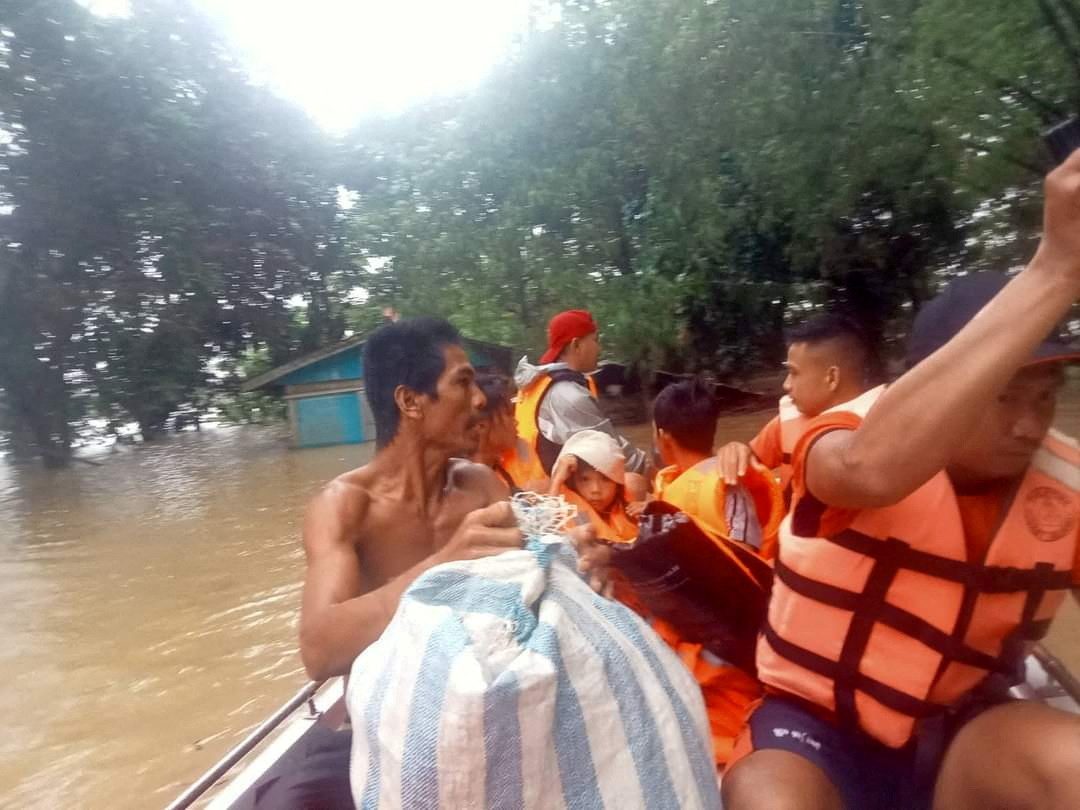
MANILA, Philippines – President Ferdinand Marcos Jr. expressed dismay at the high casualty rate in Maguindanao brought about by Severe Tropical Storm Paeng (Nalgae), which was set to make its fifth landfall in the country on Saturday, October 29.
In a full council briefing of the National Disaster Risk Reduction and Management Council on Saturday presided over by Marcos, Bangsamoro Autonomous Region in Muslim Mindanao Chief Minister Ahod Ebrahim and Maguindanao Governor Mariam Sangki-Mangudadatu reported a death toll of 40 in Maguindanao (correcting an earlier report of 67 fatalities), with over a dozen still missing.
Reports also said 31 people were injured.
Children as young as three years old were reported dead or missing.
Marcos asked Department of Science and Technology Secretary Renato Solidum Jr. why there was no warning that the flooding in Maguindanao was going to be “like this.”
Solidum said it was emphasized that heavy rainfall would happen in Mindanao, and flood advisories were issued.
In a Facebook advisory on October 24, PAGASA warned of moderate to heavy rain in areas in Mindanao, including Maguindanao, but this was due to the intertropical convergence zone.
The agency issued a heavy rainfall warning on October 28, 3 pm. Maguindanao was placed on the orange warning level, saying “flooding is threatening in low-lying areas and landslides in mountainous areas.”
Office of Civil Defense administrator Raymundo Ferrer reported that since Maguindanao was already experiencing rain as early as October 24 to 25, lands to be “too saturated and unstable.” Because BARMM was not exposed to severe winds, he showed, the persistent rain led to “unprecedented landslides and flashfloods.”
During the briefing, Marcos said, “We could have done better in Maguindanao in terms of preparing. Because the 40 casualties… with 10 people missing is a little too high. We could have done better than that. We were not able to anticipate na ganun ang magiging laki ng tubig kaya hindi natin nawarningan ’yung mga tao (that the amount of water would be that big and we were not able to warn people) and then to evacuate them out of the incoming flash floods. So that’s something that we’re going to have to study a bit more.”
Solidum said the main issue is how to ensure people on the ground will cooperate with evacuation efforts.
Marcos added that they also had to work on securing areas that were not prone to floods. He called for more accurate forecasts, especially when it came to flooding.
The casualties reported were concentrated on Maguindanao, but Paeng continues to move across the regions.
“For the rest of the country, I think that our preparations are sufficient, we just have to wait until our assets can be delivered to the affected areas,” Marcos said.
Government officials reported bridges in Mindanao that were not passable and areas that were not accessible by helicopter. – Rappler.com
2 comments
How does this make you feel?









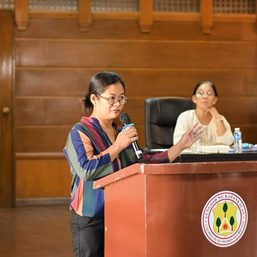

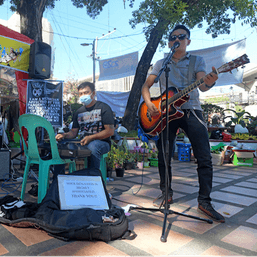



![[In This Economy] Marcos’ POGO ban is popular, but will it work?](https://www.rappler.com/tachyon/2024/07/thought-leaders-marcos-pogo-ban.jpg?resize=257%2C257&crop=255px%2C0px%2C720px%2C720px)
![[Rappler Investigates] POGOs no-go as Typhoon Carina exits](https://www.rappler.com/tachyon/2024/07/newsletter-graphics-carina-pogo.jpg?resize=257%2C257&crop=424px%2C0px%2C1080px%2C1080px)






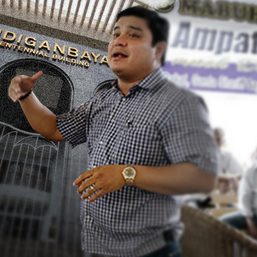




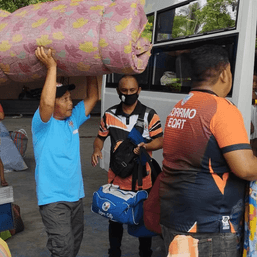

This looks like President Marcos Jr. blamed only the PAGASA. He did not mention the greater responsibility of the Municipal Risk Reduction and Management Council (MDRRMC) of Maguindanao. Nor did he mention whose greatest responsibility is this. Why?
Correction: Provincial Disaster Risk Reduction and Management Council of Maguindanao. (Sorry for this error.)